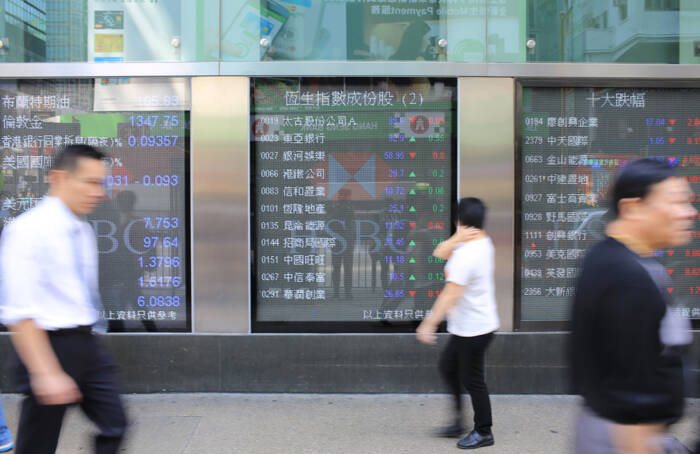The Hang Seng index set 3.79%, as a result of which the winning series extended to an impressive six weeks, the longest since 2019. Investors raised trade wars, aimed at the stimulus of Beijing and operating results.
Technical shares led the profit:
- The Hang Seng Tech Index rose by 6.03% in the week and also expanded the winning series to six weeks.
- Alibaba (9988) rose 11.60% after beating sales forecasts.
- Tencent (0700) won 9.12Calculation For the week.
Baidu (9888), however, slid 7.30%in the week. Investors responded to the absence of Baidu of the Beijing symposium and a decrease in the quarterly sales.
The stock markets of mainland China have improved, despite constant American tariff threats. The hope of new stimulus measures to stimulate domestic consumption limited the risks of the trade war. The CSI 300 and Shanghai Composite Index rose 1% and 0.97% for the week that ended on February 21.
Click here for more analysis of the Hang Seng Index and Trends in the world market.
Raw materials: Gold floats below $ 3,000; Iron ore rebound
Raw materials saw mixed performance during the week ending on February 21:
- Gold expanded its winning series to eight weeks and won 1.85% to close at $ 2,936. It is important that Gold hit a new record high of $ 2,955 before he went back.
- Iron ore spot restored losses from last week and rose by 4.25% to $ 821.64.
- Crude oil ended the week at $ 70.557 after sliding 3.39% on February 21, while investors are concerned about a potential American economic delay.
ASX 200 slides in the midst of weak bank profit and RBA warning
The ASX 200 fell by 3.03%in the week. A less Dovish-Dan expected RBA-Outlook put under pressure Aussie shares. Bank shares were hit hard after disappointing income from large lenders.
- The Commonwealth Bank of Australia (MKBA) fell by 8.29%.
- National Australia Bank (NAB) fell 14.42%.
- Westpac Banking Corp. (WBC) Tumbled 10.60%.
Rising iron ore prices, however, offered lighting to mining shares. BHP Group Ltd. (BHP) and Rio Tinto Ltd. (Rio) won 0.83% and 1.91% respectively.
Nikkei -Index slides on Boj speed races and yen -power
The Nikkei index ended the week with 0.81%, put under pressure by the USD/JPY pair that fell 2.01% to 140.226. A stronger Japanese yen could have a negative influence on foreign income and business valuations, especially for exporters.
The yen strengthened in the midst of rising expectations of a bank or Japan increase increase. Hulpse Q4 GDP data, a pick -up in inflationary pressure and service sector activities have been speculation about a more hawk -boj -rate path.
Softbank Group Ltd. (9984) Fell by 2.56%, while Sony Corp. (6758) and Nissan Motor Corp. (7201) The week respected with 2.91%and 7.78%respectively. Reports suggested that Nissan is considering attracting Tesla (TSLA) as an investor.
Market front views: Important events to view
The coming week can be crucial for Asian markets. Economic data, geopolitics and American tariff developments will be points for attention. The most important themes to view are:
- US Tariff Policy: Progress in the direction of beating American rates would affect the risk sentiment, while de-escalation can cause market lighting.
- China Stimulus-related news: Stimulus measures that focus on consumption can increase the demand for shares in Hong Kong and mainland China. A lack of stimulus can test the copper’s appetite.
- Central Bank Forward Guidance: Hawkish Commentary can put pressure on Asian markets, with the Boj in Focus.
- USD/JPY trends: A sharp fall in the USD/JPY could activate a Yen Carry Trade, which influences a wider appetite of market risk.
Traders must remain tailored to evolving macro -economic dynamics to navigate changing market conditions.


